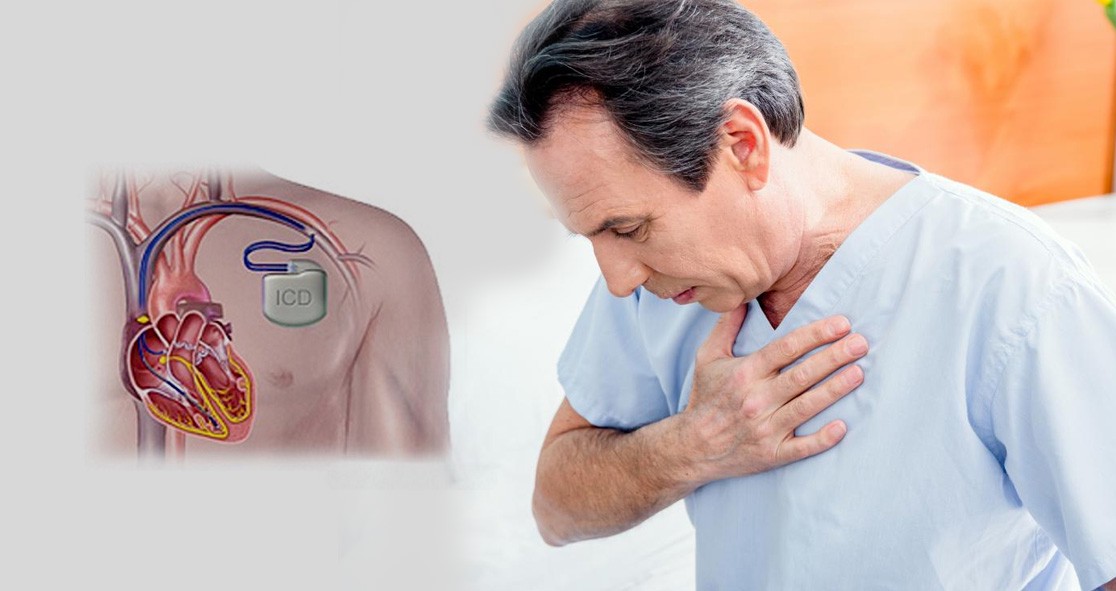Conventional implantable cardiac devices, including pacemakers, used to monitor and treat heart rhythm disorders and other heart issues have a few drawbacks. Many are made up of rigid materials that cannot move to accommodate a beating heart, while others of soft materials that collect only limited information.
Now, researchers from the University of Houston have reported a cardiac patch that can monitor as well as treat heart disease.
The patch is made from fully rubbery electronics that can be implanted directly on the heart to collect data of electrophysiological activity, heartbeat, temperature, and other indicators, all at the same time.
Dr. Cunjiang Yu, Ph.D. Bill D. Cook Associate Professor of Mechanical Engineering at UH, who published the paper in the journal Nurture Electronics, was the corresponding author.
He said the patch is the first bioelectronics device that has been developed using fully rubbery electronic materials, which is compatible with heart tissue. The new cardiac patch solves the limitations of previous cardiac implantable devices that are made up of hard electronic materials.
Dr. Yu said, “For people who have heart arrhythmia or a heart attack, you need to quickly identify the problem. This device can do that.”
Apart from collecting information from the heart, the patch harvests energy from the heart beating, which allows the device to perform without any external power source.
This additional feature of the device not only tracks data for diagnostics and monitoring but also offers therapeutic benefits, such as “electrical pacing” and “thermal ablation,” according to the researchers.
The author wrote, “Unlike bioelectronics primarily based on rigid materials with mechanical structures that are stretchable on the macroscopic level, constructing bioelectronics out of materials with moduli matching those of the biological tissues suggests a promising route towards next-generational bioelectronics and biosensors that do not have a hard-soft interface for the heart and other organs.”
“Our rubbery epicardial patch is capable of multiplexed ECG mapping, strain and temperature sensing, electrical pacing, thermal ablation, and energy harvesting functions,” they added.























